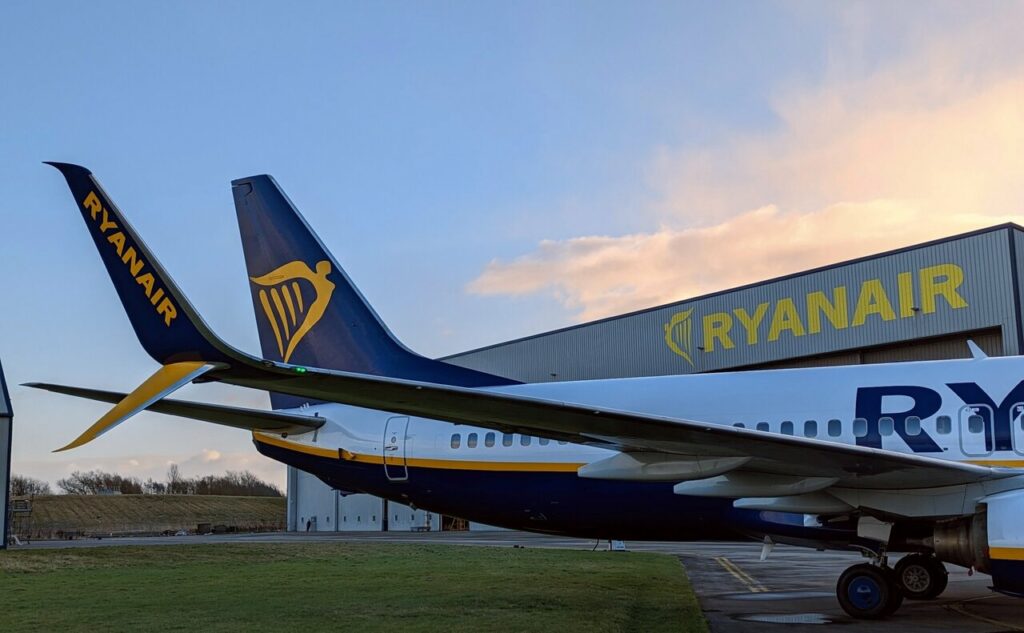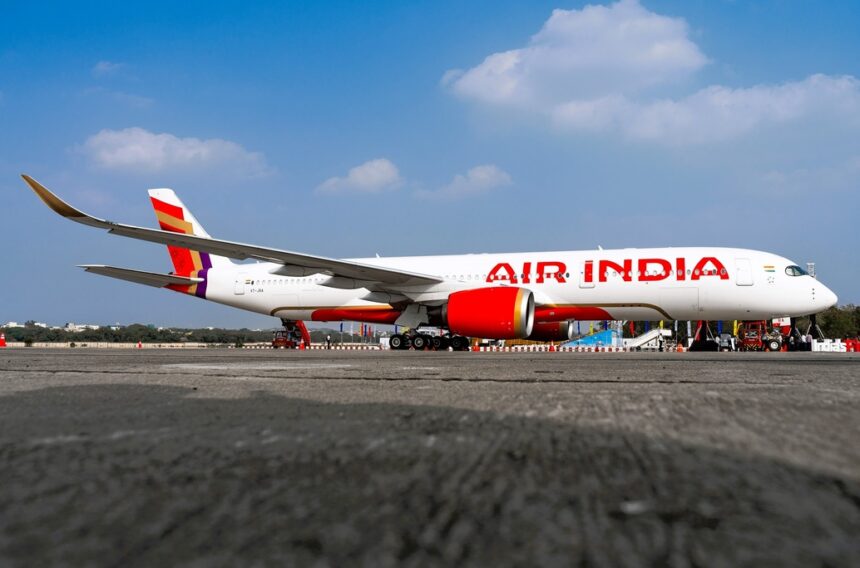LONDON – Following a $175m agreement with Aviation Partners Boeing (APB), Irish low-cost carrier Ryanair recently installed Split Scimitar Winglets to the first of over 400 of its Boeing 737-800 Next Generation aircraft.
This wingtip modification will effectively improve aircraft fuel efficiency by up to 1.5%, reducing Ryanair’s annual fuel consumption by 65 million litres and carbon emissions by 165,000 tonnes.
As Ryanair grows to carry 225m passengers by FY26, this initiative will further the airline’s target of net-zero by 2050.
Ryanair’s Director of Sustainability, Thomas Fowler said: “As Europe’s most environmentally efficient major airline, we are leading the way in sustainable aviation as demonstrated by this investment in our fleet.”
“This winglet technology will help us reach our ambitious environmental targets on our pathway to net zero emissions by 2050.”
“We are impressed with APB’s innovative winglet designs and look forward to having them installed on not just this first aircraft but on over 400 of our aircraft to further reduce our emissions.”
APB’s Chief Commercial Officer, Patrick LaMoria said:
“Having the operator of the world’s largest fleet of 737-800 Next Generation aircraft install Split Scimitar Winglets is the ultimate endorsement of APB and its products.”
“We are both humbled and honoured to continue to support Ryanair in their ambitious sustainability initiatives.”
How do winglets work?
To summarise the physics of how the wing creates lift, the action of the airflow over the curved upper surface of the wing creates a localised pressure imbalance.
A region of low pressure is created over the upper surface of the wing relative to the pressure underneath the wing.
It is this localised imbalance in air pressure which creates the phenomenon we call lift. The problem is, where there is an imbalance in nature, forces will act to restore equilibrium.

When we think of the action of the wing, this means a vortex and turbulence created at the wing tips, where high pressure air trying to flowing into the region of low pressure to restore that equilibrium.
This results in the creation of drag, which must be offset by thrust from the engines. The upturned wingtip, or winglet, acts to minimise these vortices caused by the pressure imbalance.
In turn this reduces drag, which then means less thrust is required to compensate. The bottom line of all this is a cut in fuel consumption and exhaust emissions.
According to an analysis by Cirium, on average winglets cut fuel consumption by 4-6 percent and help reduce in-flight noise by up to 6 percent.
Boeing 737-800s benefit the most from winglets. They average a 6.69% increase in efficiency but depending on the route, they can have a fuel savings distribution spanning from 4.6% to 10.5%.









